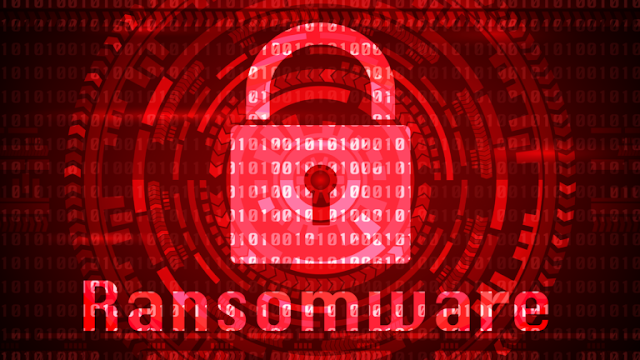The rise of Ransomware-as-a-Service (RaaS) : Reshaping the Cybersecurity Landscape
Ransomware attacks have long been a thorn in the side of businesses, but the emergence of Ransomware-as-a-Service (RaaS) has escalated the threat to a whole new level. This insidious business model, mirroring the popular "Software as a Service" (SaaS) approach, allows anyone with malicious intent to launch sophisticated attacks, regardless of their technical expertise.
How RaaS Works:
Imagine a criminal marketplace where cybercriminals can purchase readily-developed ransomware tools and ongoing support, just like subscribing to a legitimate software service. RaaS operators handle the complex development and maintenance, while affiliates, often with limited technical knowledge, launch the attacks through phishing emails, stolen credentials, or software vulnerabilities. The ransom is then split between the operator and the affiliate, creating a lucrative and accessible scheme for cybercriminals of all levels.
The Evolving Threat Landscape:
- Democratization of Attacks: RaaS empowers even novice attackers to inflict significant damage, significantly expanding the potential attack surface for businesses. Unlike traditional ransomware attacks, which often required advanced technical skills, RaaS lowers the barrier to entry, making businesses more vulnerable to a wider range of attackers.
- Constant Innovation: RaaS operators are constantly innovating and updating their tools to evade existing defenses, making it an ongoing arms race for businesses. This continuous evolution means that businesses cannot rely solely on static security solutions and must adopt a more dynamic approach.
- Double Extortion: Some RaaS groups not only encrypt data but also threaten to leak it publicly, adding pressure on victims to pay. This "double extortion" tactic further intensifies the impact of a ransomware attack, potentially damaging a company's reputation alongside its data security.
Building a Fortified Defense:
- Educate and Empower Employees: Regular cybersecurity awareness training can equip employees to identify and avoid phishing attempts, recognize social engineering tactics, and report suspicious activities. This empowers them to become the first line of defense against RaaS attacks.
- Patch Management: Prioritize timely patching of vulnerabilities in operating systems and software to minimize attack vectors. This involves establishing a systematic process for identifying, prioritizing, and deploying patches promptly.
- Multi-Factor Authentication (MFA): Implement MFA for all access points, including remote access, email accounts, and critical systems. Adding an extra layer of security beyond passwords significantly reduces the risk of unauthorized access, even if an attacker obtains login credentials.
- Regular Backups: Maintain regular and secure backups of critical data, following the "3-2-1 rule." This rule recommends having 3 copies of your data, on 2 different types of media, with 1 copy stored offsite. This ensures that even in the event of a successful attack, you can restore your data quickly and minimize downtime.
- Incident Response Plan: Develop a comprehensive incident response plan outlining steps to contain, investigate, and recover from a ransomware attack. This plan should define roles and responsibilities, communication protocols, and recovery procedures to ensure a coordinated and efficient response in the event of an attack.
By understanding the evolving threat landscape of RaaS and implementing a robust cybersecurity strategy encompassing both technical controls and employee awareness, businesses can significantly increase their resilience against these attacks. Remember, prevention is always cheaper and less disruptive than recovering from a ransomware incident. Taking a proactive approach will not only safeguard your valuable data but also ensure the continued operation and reputation of your business.

